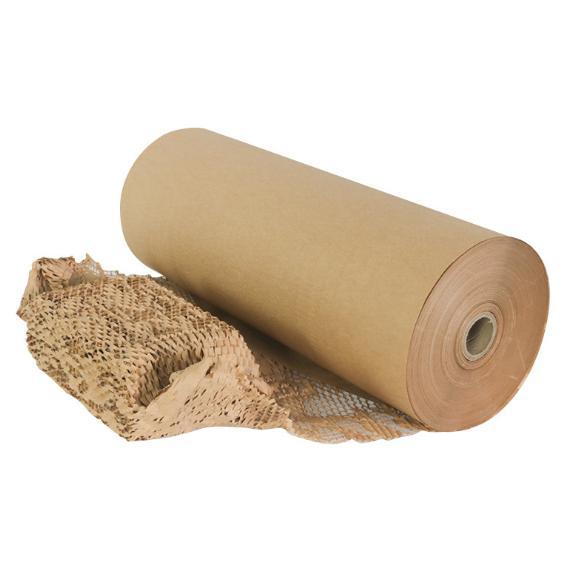Packaging plays a crucial role in attracting consumers and protecting products. One of the key elements that contribute to the visual appeal of packaging is printing. In this article, we will delve into the various types of printing techniques used for packaging, exploring their features, benefits, and applications.
- Flexographic Printing:
Flexographic printing, also known as flexo printing, is a widely used technique in the packaging industry. It involves the use of flexible relief plates and fast-drying inks. This method is ideal for large-scale production due to its high-speed capabilities and ability to print on a variety of substrates, including paper, cardboard, and plastic. Flexographic printing offers excellent color vibrancy, making it suitable for eye-catching designs and intricate patterns. - Offset Printing:
Offset printing is a popular choice for high-quality packaging. It utilizes a series of rollers to transfer ink onto the packaging material. This technique ensures precise color reproduction and sharp image details. Offset printing is commonly used for luxury packaging, such as cosmetics, perfumes, and high-end consumer goods. Its ability to print on various substrates, including metal and glass, makes it versatile for different packaging needs. - Digital Printing:
With advancements in technology, digital printing has revolutionized the packaging industry. This technique involves the direct transfer of digital files onto packaging materials, eliminating the need for printing plates. Digital printing offers flexibility, allowing for customization and personalization of packaging designs. It is ideal for short-run productions, enabling quick turnaround times and cost-effective solutions. Additionally, digital printing provides excellent print quality and color accuracy. - Gravure Printing:
Gravure printing, also known as rotogravure printing, is a high-quality and high-speed printing technique commonly used for packaging. It utilizes engraved cylinders to transfer ink onto the packaging material. Gravure printing offers exceptional color consistency, sharpness, and fine details. It is widely used for flexible packaging, such as food and beverage packaging, as well as labels and shrink sleeves.
Conclusion:
Choosing the right printing technique for packaging is crucial in creating visually appealing and impactful designs. Flexographic printing offers versatility and vibrant colors, while offset printing ensures high-quality and precise details. Digital printing provides customization and quick turnaround times, while gravure printing excels in color consistency and fine details. By understanding the features and applications of each printing technique, packaging designers and manufacturers can make informed decisions to meet their specific requirements.


